Riding the bow of a sailboat, a stiff salty breeze stings the face. We observe lethargic sea turtles and darting reef fish. In these rare instances of epiphany, we both lose and find ourselves. This is the realm of mindfulness.
 Life is often an endless string of distractions and stimulations, a rush of incoherent, hectic moments. We analyze, plot, criticize and complain in our dogged quest to control the future, or mitigate the past. One day we wake up to realize that years have passed, and despite our relentless multi-tasking and self-evaluations, we haven’t accomplished nearly what we had intended. Let that moment of revelation be now.
Life is often an endless string of distractions and stimulations, a rush of incoherent, hectic moments. We analyze, plot, criticize and complain in our dogged quest to control the future, or mitigate the past. One day we wake up to realize that years have passed, and despite our relentless multi-tasking and self-evaluations, we haven’t accomplished nearly what we had intended. Let that moment of revelation be now.
Living “in the now” is also known as mindfulness. A growing body of research verifies the physical and psychological benefits of practicing mindfulness in our daily lives. Jon Kabat-Zinn, Ph.D. created the Mindfulness-Based Stress Reduction program (MBSR), which is widely used to combat anxiety, depression, and physical maladies such as heart disease, cancer, immune system disorders and obesity.
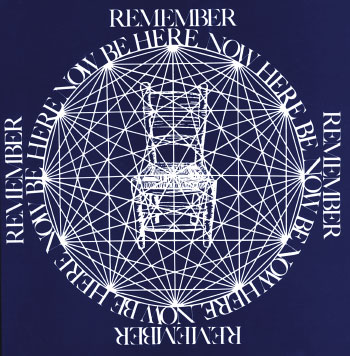 In his book “Wherever You Go, There You Are,” Kabat-Zinn states, “Mindfulness practice means that we commit fully in each moment to be present; inviting ourselves to interface with this moment in full awareness, with the intention to embody as best we can an orientation of calmness, mindfulness, and equanimity right here and right now.”
In his book “Wherever You Go, There You Are,” Kabat-Zinn states, “Mindfulness practice means that we commit fully in each moment to be present; inviting ourselves to interface with this moment in full awareness, with the intention to embody as best we can an orientation of calmness, mindfulness, and equanimity right here and right now.”
According to Eckhart Tolle in his book “The Power of Now,” our current thoughts create both past and future, so we must focus solely on the present to fully experience life, and choose right actions.
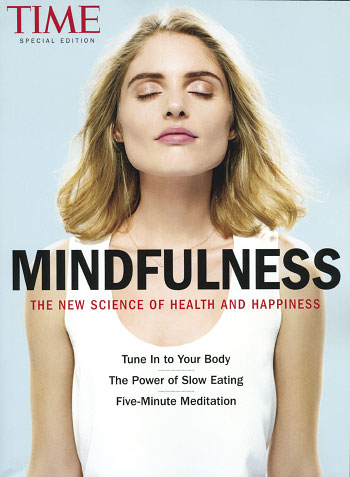 “As soon as you honor the present moment, all unhappiness and struggle dissolve, and life begins to flow with joy and ease,” Tolle claims. “When you act out the present-moment awareness, whatever you do becomes imbued with a sense of quality, care, and love – even the most simple action.”
“As soon as you honor the present moment, all unhappiness and struggle dissolve, and life begins to flow with joy and ease,” Tolle claims. “When you act out the present-moment awareness, whatever you do becomes imbued with a sense of quality, care, and love – even the most simple action.”
Diane Donovan, owner of BodyWorks in Grand Cayman, has been practicing and teaching mindful meditation and yoga for more than 30 years. Donovan says that mindful people are generally more satisfied with life, more productive, and better life partners. She says the practice can start with being aware of how much time we waste with obsessive thoughts which create negativity, guilt, and suffering. “At least get one positive thought in there, each day,” she says. “Next day, you can try for two positive thoughts. We have to take one step at a time.”
But mindfulness is something of a paradox. The only way to achieve it is to let go of everything, and realize that you already possess what you seek. But if we can’t create it, and can’t grasp it, how can we attain mindfulness? Now by now.
Start Your Day
“Give yourself permission to allow this moment to be exactly as it is, and allow yourself to be exactly as you are.”
— Jon Kabat-Zinn, “Wherever You Go, There You Are: Mindfulness Meditation in Everyday Life”
A few changes to your morning routine can help you begin each day in a positive, now-connected way.
“I recommend to have a practice first thing, even if you simply begin with an attention to your breathing, to try being more mindful and kind throughout the day,” Donovan says. “Everything we do after that, we try to become more mindful. Rather than just eat our breakfast, we should really taste it, experience it. It’s about trying to do everything as mindful as you can, just taking a shower, just enjoying the moment, whatever it is that you’re doing.”
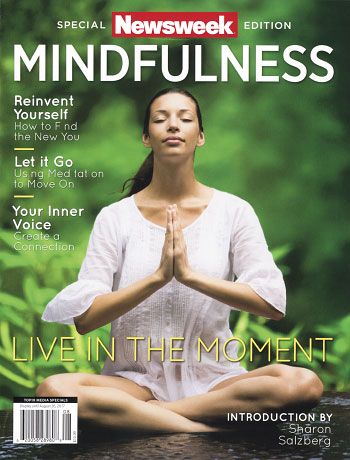 Breathing awareness and meditation are the foundations of mindfulness practice. There are many kinds of meditation, and all are useful. Meditation is practiced in the five major religions – Hinduism, Buddhism, Judaism, Christianity and Islam – but it is not inherently a religious doctrine. Meditation can simply involve sitting quietly, practicing Tai Chi movements, or walking mindfully on the beach.
Breathing awareness and meditation are the foundations of mindfulness practice. There are many kinds of meditation, and all are useful. Meditation is practiced in the five major religions – Hinduism, Buddhism, Judaism, Christianity and Islam – but it is not inherently a religious doctrine. Meditation can simply involve sitting quietly, practicing Tai Chi movements, or walking mindfully on the beach.
“There’s no good or bad meditation. It’s only the unfolding of our awareness and our relationship to ourselves that really matters,” Donovan says. “Meditation and mindfulness are good for everything, because stress is the source of so many diseases. If we take time every day to experience stress-free moments in meditation, it’s like a mega-multi-vitamin for all areas.”
Donovan recommends that beginners practice with formal meditation groups, to receive guidance and help staying focused. “I recommend people experiment with different forms of meditation, to find something that works for them,” she says. “The easiest way to start is to take a minute or two and connect with your breath. The breath is already present, you just slow it down. Don’t do this with too much seriousness, but with a little bit of lightness.”
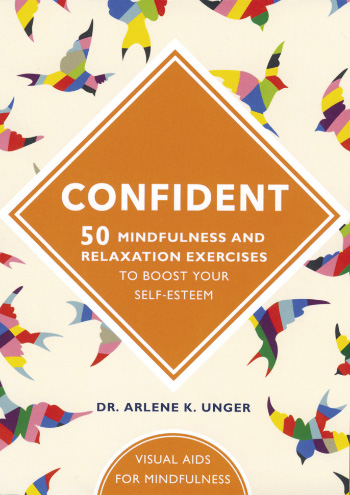 The goal of meditation is to connect with the now, your true being, and stay there for as long as possible. Its many benefits are revealed as your practice deepens.
The goal of meditation is to connect with the now, your true being, and stay there for as long as possible. Its many benefits are revealed as your practice deepens.
First, sit comfortably in a quiet room. You may use one of the traditional cross-legged meditation positions such as lotus or half-lotus, but it’s not necessary. Sitting upright in a chair or on the side of your bed will do fine. Make sure that your spine is absolutely straight. Rest your hands on your knees or fold them in front of you. There should be no tension anywhere in your body.
One simple meditation is counting breaths. As you breathe deeply in and out, count each one. When you reach 10, start over. Try to imagine the breath entering your body through your nose, filling your lungs, and then flowing out from your belly. Another practice is to breathe in for four beats, hold your breath for seven, then exhale as you count to eight. Soften your gaze, allowing it to drop downward a bit.
As you meditate, your mind will wander, and disparate thoughts and emotions will intrude upon your consciousness. Some will be disturbing, some annoying, others seductive. The important thing is not to “attach” to any of them, but allow them to float through your mind like leaves upon a stream. Do not react to them in any way, let them simply “be.” Notice the sounds around you. You may find that your sense of hearing is enhanced, that you hear sounds you formerly barely noticed. If any distraction happens during meditation such as a ringing phone, your dog whining at the door, or even an itchy nose – try to ignore it.
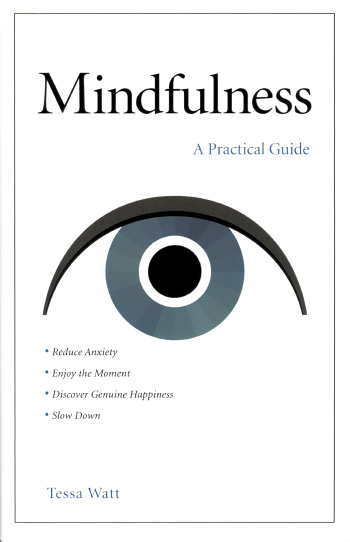 A meditation timer is helpful, to eliminate any worries about the passage of time. Many timer apps are available to download onto your phone or tablet. You can start with five minutes, and expand the sessions according to your personal needs. At the end, take a few additional breaths while you feel gratitude for everything in your life, before rejoining the world.
A meditation timer is helpful, to eliminate any worries about the passage of time. Many timer apps are available to download onto your phone or tablet. You can start with five minutes, and expand the sessions according to your personal needs. At the end, take a few additional breaths while you feel gratitude for everything in your life, before rejoining the world.
Exercise
“Walk as if you are kissing the Earth with your feet.”
— Thich Nhat Hanh, “Peace Is Every Step: The Path of Mindfulness in Everyday Life”
You’ve probably experienced moments while running, swimming or weight lifting, when your mind breaks free and you are focused solely on your movements and breathing. Athletes refer to this as being “in the zone.” Body and mind are one, you directly feel your body’s strength and power, and you are completely enveloped in the now. This “meditation in motion” is the state of mind which brings maximum stress reduction and physical results.
Yoga counts as both a meditation and exercise. But the way to get the most from it is through mindfulness.
“We want to know what works for our bodies and what does not,” says Donovan, a master yoga instructor. “Otherwise it becomes a routine and becomes not as useful to us.” She says mindfulness also helps prevent over-stretching injuries, because focusing on breath control creates a synchronicity between body and mind.
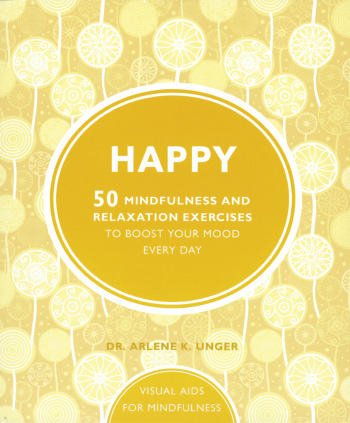 “We always practice mindfulness on the mat,” Donovan says. “We get to know our own selves, we become proactive in creating a life that brings more joy and happiness, but also benefits those around us. We’re working on ourselves constantly, with a compassionate heart.”
“We always practice mindfulness on the mat,” Donovan says. “We get to know our own selves, we become proactive in creating a life that brings more joy and happiness, but also benefits those around us. We’re working on ourselves constantly, with a compassionate heart.”
Mindful Eating
“Every moment nature is serving fresh dishes with the items of happiness. It is our choice to recognize and taste It.”
— Amit Ray, “Mindfulness Living in the Moment – Living in the Breath”
How many times have you been working at the computer, and suddenly feel an urge for a bit of chocolate. You break off a piece from the larger block, but before you know it, you’ve eaten the whole thing! Next time you go to a restaurant, notice how people eat. Before they’re done chewing one bite, the fork is already loaded and ready to stuff the mouth with a new one. This is distracted eating.
When we do several things at once – typing, eating, talking – we’re not focusing on any one of them. The result is often habitual over-consumption, which leads to weight gain. The solution is to develop a healthy, mindful relationship with your food.
“Be present while you’re eating, slow it down like we slow our breath down,” Donovan advises. “If you’re out for dinner, make sure you’re not on your phone. Slow the conversation down. Taste your food, chew your food. Eat what you like to eat, but taste your food. If you eat it slowly, you won’t eat as much.”
Mindful eating helps us feel our natural body cues about hunger and satisfaction. It helps us directly sense our food – its colors, smells, tastes, textures, the way it feels as we chew and swallow it. Eating should be a visceral pleasure, which feeds the spirit as well as the body.
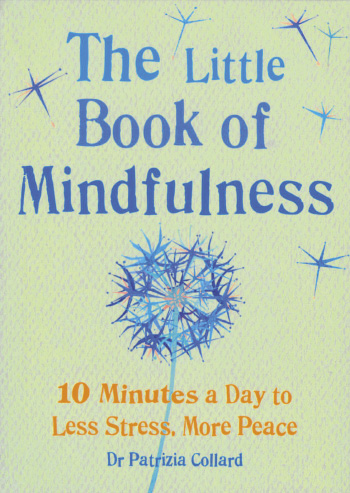 One key is to choose places to eat that aren’t distracting. If we eat in a loud, noisy place, or while we’re multitasking at our desks, driving in the car, watching TV or reading a book, we’re more likely to thoughtlessly shovel food into our mouths. Sometimes we can’t avoid eating in a chaotic environment, but we can still focus on each bite and relish it with awareness.
One key is to choose places to eat that aren’t distracting. If we eat in a loud, noisy place, or while we’re multitasking at our desks, driving in the car, watching TV or reading a book, we’re more likely to thoughtlessly shovel food into our mouths. Sometimes we can’t avoid eating in a chaotic environment, but we can still focus on each bite and relish it with awareness.
Work
“Look at other people and ask yourself if you are really seeing them or just your thoughts about them . . . Without knowing it, we are coloring everything, putting our spin on it all.”
— Jon Kabat-Zinn, “Wherever You Go, There You Are”
It’s an endless cycle: When at work, we fantasize about what we will do after work, and when we’re on vacation, we think about the office. We never fully engage with the present because our “monkey minds,” as Buddhists call them, cause our thoughts to leap from tree to tree inside our heads.
Donovan suggests that while driving to work, instead of getting frustrated with the traffic, “be fascinated” with something you normally drive by without noticing it, like a blossoming tree. “Another one is at stop lights, I just connect with my breath, to feel I’m slowing my breath down instead of waiting for that light to turn green faster.”
Before you settle into your workspace, remind yourself that your goal is to be mindful all day, no matter what is thrown at you. Throughout the day, if your mind wanders, sit back, close your eyes, and breathe deeply for a moment. Take regular short breaks, whether for meditation or a calming walk.
You can be mindful even while dealing with flurries of emails, phone calls, meetings, and confrontations. Staying in the now means that, no matter what is going on around you, you are just doing one particular task. If you’re writing an email, just write the email.
Don’t cave into pressure to “multi-task.” Prioritize calendar items, take the needed time to complete each one, and if you’re interrupted by something more important – switch your focus to that.
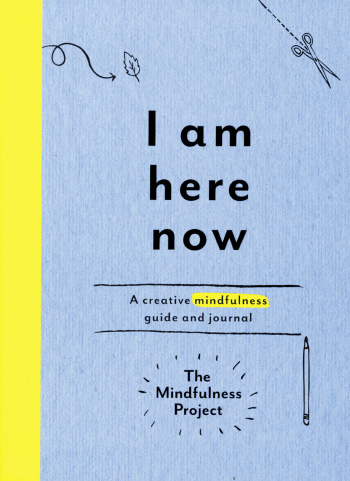 Bring full attention to even the smallest actions, such as washing your hands, or dialing a phone number. When you’re not fully present and awake, you sacrifice natural creativity, energy and productivity.
Bring full attention to even the smallest actions, such as washing your hands, or dialing a phone number. When you’re not fully present and awake, you sacrifice natural creativity, energy and productivity.
Winding Down
“Realize deeply that the present moment is all you have. Make the NOW the primary focus of your life.”
— Eckhart Tolle, “The Power of Now: A Guide to Spiritual Enlightenment”
Anyone who has experienced insomnia knows the problem is usually the brain refusing to disengage or “turn off.” The later the clock ticks, we endure a mental feedback loop of the day’s problems and dread of what we face tomorrow. When the brain whirls incessantly, we have lost our awareness of the now. Insomnia is a hallmark of the unmindful mind.
There are medical reasons for insomnia of course, but many times it helps to practice a mindful wind-down each evening.
“Breath meditation is always good, and then I recommend a gratitude practice,” Donovan says. “It transforms people’s lives if they take time to write down two or three things they are thankful for before they go to sleep. We can feel gratitude that we have, even for a stressful job. We can be grateful for our partner. It doesn’t have to be a great big wonderful thing that happens every day. The small things actually help us connect more deeply. And of course you can do activities that help you calm down, a walk, a bath, reading a book, things that aren’t racy, that aren’t a continuation of what you were doing during your busy day.”
If sex is part of your day’s end, mindfulness can increase its intensity and joy. Sex in the now means both of you observe directly what is happening with your bodies moment by moment, without sorting the experience into “good” and “bad,” worrying about external problems, or looking forward to an outcome.
In Conclusion
To become truly mindful in our fast-paced, distraction-filled world, Donovan advises that commitment is paramount, especially for beginners. “It takes more than a day or a week; it’s just like going on a diet,” she says. “We have to change our daily life habits a little at a time for this to truly make a difference.”
Throughout your mindful day, experts agree, it’s important to embrace compassion, kindness and forgiveness as the core of your practice. And remember to include yourself in these meditations. “If you don’t love yourself, you cannot love others,” the Dalai Lama tells us. “If you have no compassion for yourself, then you are not able of developing compassion for others.”
You must forgive yourself, be kind to yourself, and accept yourself precisely as you are, in every moment. That is mindfulness in action, every day.


















